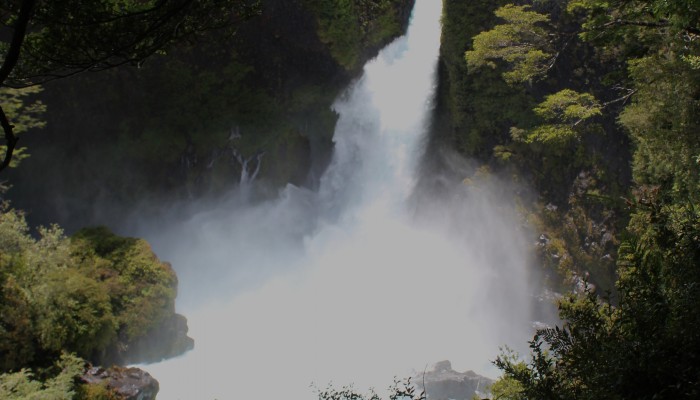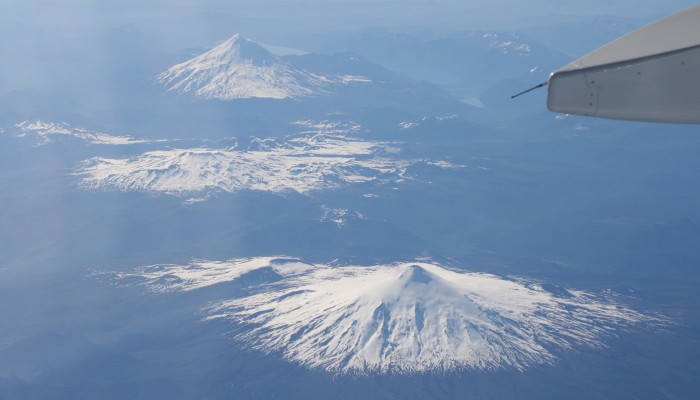As the recent eruptions of Calbuco and Villarrica in southern Chile have shown, the long arcs of volcanoes that stretch around the world’s subduction zones have the potential to cause widespread disruption to lives and livelihoods, with little or no warning. Fortunately, neither of these eruptions has, so far, led to any reported loss of life – but the consequences of these eruptions ...[Read More]
Villarrica erupts. March 3, 2015, Chile.
Villarrica (Ruka Pillan in Mapudungun) is one of the most active volcanoes of southern Chile, and is a popular tourist destination in the heart of the Chilean Lake district. Villarrica has been in a continuous state of steady degassing for much of the past 30 years, since the last eruption in 1984-5, and began showing signs of increased unrest (seismicity, and visible activity in the summit ...[Read More]
Friday Field Photos: the Southern Volcanic Zone of Chile
If you are ever in Chile and have the chance to take a mid-morning flight south from Santiago towards Puerto Montt or Concepcion, make sure you try and book a window seat on the left hand side of the plane. Once the early morning cloud has cleared, you could be in for a treat as you fly along the ‘volcanic front’, with spectacular views of Chile’s brooding volcanoes popping up f ...[Read More]
Chilean volcanoes: shaken, but not always stirred?
November 7th marked the 175th anniversary of one of the largest earthquakes to have struck northern Patagonia. The earthquake, which is estimated to have had a magnitude of 8, had an epicentre close to Valdivia, and was accompanied by significant ground shaking and subsidence as far south as Chiloe island, and a major tsunami that reached Hawaii. The eyewitness reports of the time have been well ...[Read More]


